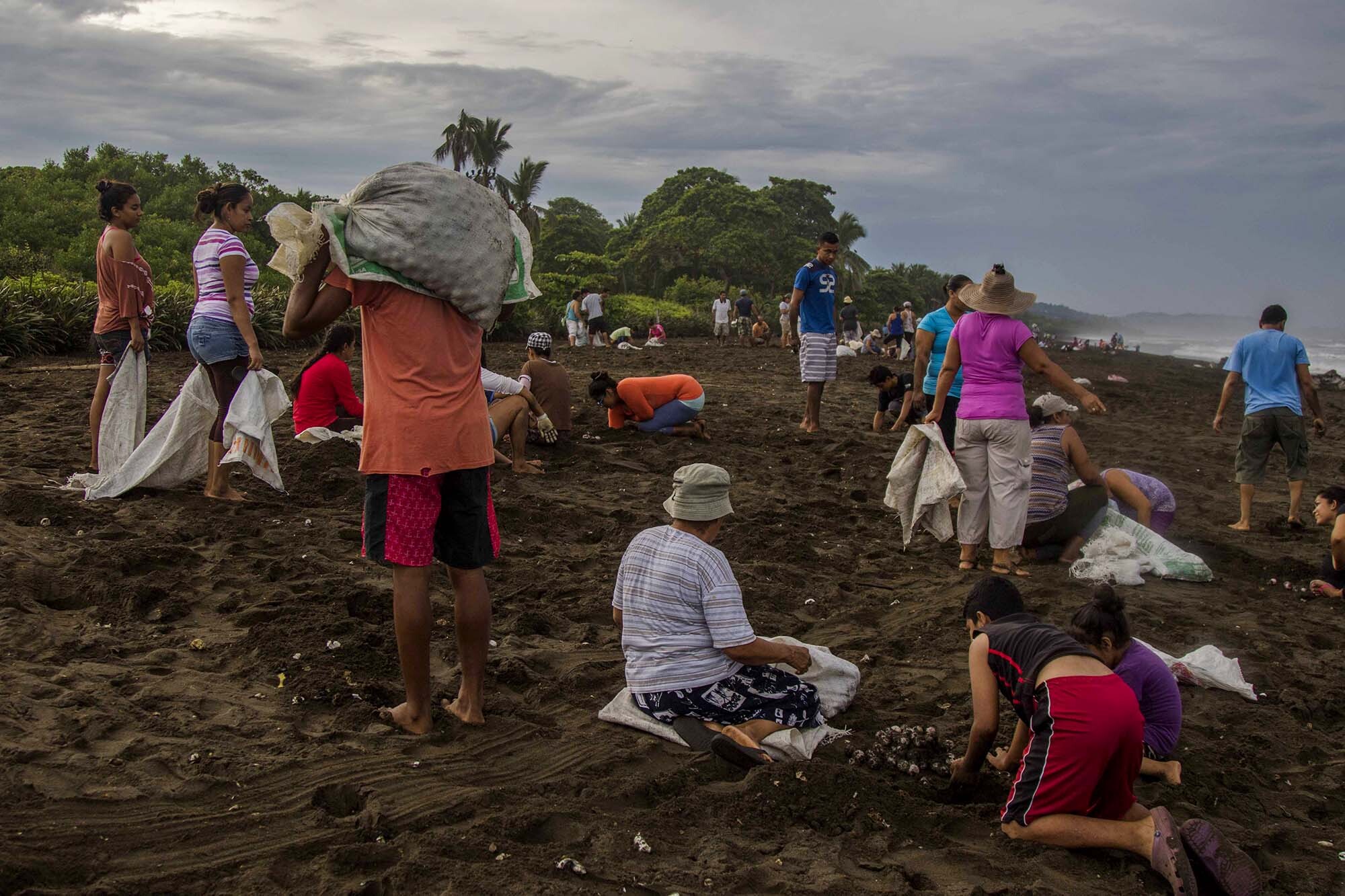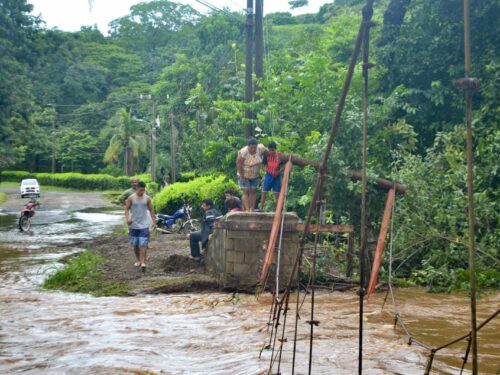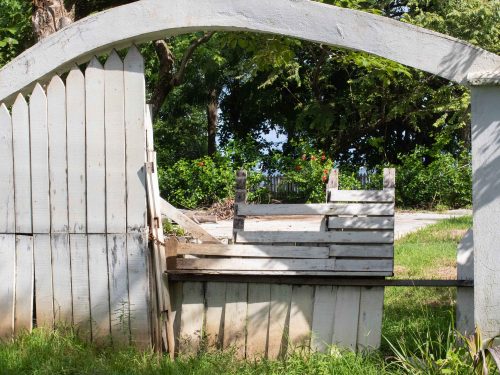
In February, the Constitutional Court published the ruling that annulled the Ostional Wildlife Refuge Law (Law 9348) and its regulations, considering that the legislation jeopardized the protection of the protected area that extends from Guiones Sur de Nosara to Ostional Beach. The magistrates believe that the refuge should only allow research and protection activities.
The law, approved in 2016, gave the refuge a mixed nature, meaning that it could be made up of land owned by the State and by private individuals. Before that, the refuge was solely administered by the State, according to the Wildlife Conservation Law, which created it in 1983.
This cast doubt on the permanence of the inhabitants who lived there before the protected zone was created, which at that time numbered around 400, according to an assessment from the National System of Conservation Areas (Spanish acronym: SINAC).
Why Was the Law Annulled?
Article 8 of Law 9348 gave these families the opportunity to request concessions to live and develop activities there. Those permits included recreational housing (recreational homes for family and non-commercial use), small-scale sustainable agricultural practices (such as agriculture and livestock) and ecotourism cabins.
To obtain a concession, people had to prove that they had lived in the refuge for at least ten years before Law 9348. The legislation did not allow granting permits to inhabitants who arrived after its approval, according to the deputy director of the Tempisque Conservation Area. (ACT), Mauricio Mendez.
“The intention of the law wasn’t to give concessions to any person who came to the refuge, but rather to regularize what was already there,” he specified.

In 2016, after the refuge law was approved, two inhabitants of the country named Scarleth Izquierdo and Shirley Jara filed an action on unconstitutionality before the court. Lawyer Bernal Gamboa collaborated in the process. Gamboa was also an attorney for the plaintiffs in the Crucitas case and tried to be Ombudsman in 2013.
The plaintiffs claimed that some of the concessions allowed in Article 8 of Law 9348 threatened the refuge’s sustainability because it didn’t do a good job of specifying the limits of those permits.
Izquierdo and Jara did not oppose concessions for residential use, ecotourism lodges or infrastructure for scientific research. But they did oppose concessions for business, for agricultural use, for vacation housing use and for community welfare projects (schools, health centers, rural water boards).
The law talks about houses for recreational use. That could be a mansion,” Gamboa said.
The lawyer believes that buildings reduce the protection of the refuge and threaten Ostional with turning into a destination like Tamarindo and Jaco.
However, the court declared the entire law unconstitutional, believing that the legislation reduced the refuge’s protection. The court also pointed out that the law did not include technical studies that measured the environmental impact of these activities.
“It is proven that the challenged Law contains a change in the nature of the Ostional Wildlife Refuge that diminishes its level of protection by allowing land uses, and therefore concessions, beyond protection, research, training and ecotourism,” the sentence points out.
As of the court’s ruling, the lands return to being administered solely by the State.
The administrator of the Ostional National Wildlife Refuge (Spanish acronym: RNVSO), Yeimy Cedeño, thinks that without Law 9348, the refuge doesn’t have a legal framework to give peace of mind to the occupants of the protected area.
It’s unfair that [40 years after RNSVO’s creation,] the permanence of the families that have lived there since before the refuge’s creation continues to be questioned.”
SINAC: “We Aren’t Planning to Evict”
In light of the law’s annulment, SINAC will work on formulating a new project to once again propose a mixed management for the RNVSO, confirmed the ACT’s deputy director.
“At SINAC, we’re not planning to evict anyone,” Méndez clarified. “We have to carefully review the court’s arguments to bring down the law and build a new law.”
Gamboa thinks that if the refuge returns to a mixed modality, “it should have severe environmental impact studies.” He also believes that each green area lost in each concession should be replaced.
Turtles and Families: A Coexistence since 1959
Ostional is considered one of the most important places in the world for the arrival of olive ridley turtles, an endangered species. In the rainy season, up to 350,000 of the reptiles can come to the beach.
The first massive arrival in Ostional was in 1959. Since then, the number of turtles nesting on the beach has been increasing, according to what Hellen Lobo, the biologist of the Ostional Development Association (Spanish acronym: ADIO), told The Voice in 2021.
When the turtles began to arrive at the beach, there were already families living in Ostional and, according to Cedeño, the sustainability of the refuge happens due to the community’s effort to conserve them.
“They take care of the beach and patrol at night to avoid eggs being looted, to cite just one example,” Cedeño pointed out.
The annulment of the law doesn’t eliminate the plan for the community of Ostional to take advantage of turtle eggs.
According to the ACT’s director, Nelson Marín, several laws are still in force that allow the sustainable management of eggs, including article 55 of the Law for the Promotion of Agricultural Production (Spanish acronym: FODEA) and article 6 of the Law for the Protection, Conservation and Recovery of Sea Turtle Populations.







Comments